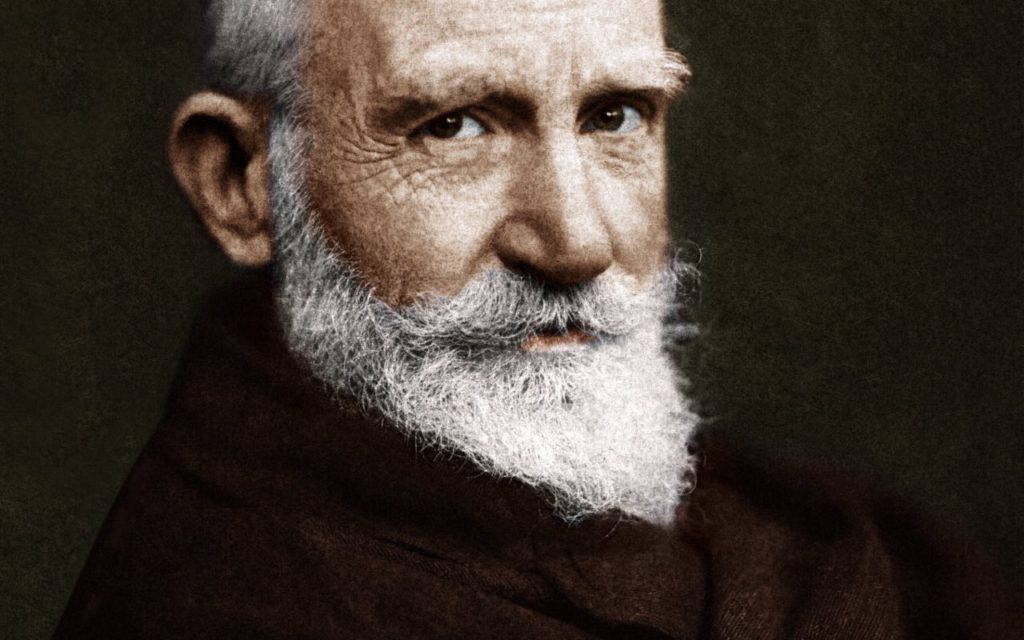Imagine the beginning of the 19th century. 70 years before the invention of the first light bulb. What did our ancestors do when darkness fell? That's right - they went to sleep.
Before the widespread use of artificial lighting, the average sleep duration was 12 hours per night, not the 8 that is considered normal today. At the same time, sleep was divided into two periods - 3-4 hours before midnight, then waking up, and then up to 8 hours before the dawn of the new day.
By studying this bimodal structure of sleep, scientists have come to the conclusion that waking up in the middle of the night is not only normal, but also quite beneficial for creative natures.
A dream of two parts
Do you wake up in the middle of the night? This is completely normal and even beneficial. Historian and professor at the University of Virginia Roger Ekirchon thinks so. He studied the sleep of our ancestors for many years. He studied thousands of court documents, personal diaries and other historical records and came to the conclusion that before artificial lighting became the norm, people practiced the so-called two-part sleep.
"They usually went to sleep at 9 or 10 in the evening. They slept for 3, at best 4 hours. Then, sometime after midnight, many got up to engage in useful and creative activities. Then they went to bed again and slept until the light woke them up," writes the scientist.
As evidence, he cites the recollections of a 16th-century English physician who claimed that birth rates in the working class were much higher because people made love during this nightly awakening.
Sleep and creativity
Scientists claim that since we have forgotten how to sleep properly, we have also forgotten how to create. A major culprit for this is technology. Psychiatrist Thomas Ware talks about his experiment that proves the impact of light on sleep and creativity.
In it, 15 people spent 4 weeks in rooms without artificial light. Instead of the usual 16 hours of activity today, they were awake only 10 a day. The remaining 14 spent time in a completely dark room. Thus, scientists recreated the conditions in which our ancestors lived in the middle of winter.
In the beginning, the volunteers just took a nap. When the sleep deficit typical of modern man was restored, the interesting began. They all began to transition into two-part sleep. It wakes up when the REM sleep phase ends, when we dream, and when the brain activity is similar to that of the waking state. That's why they were awake at night and in a special, dream-inspired mood. Some of them say that they felt a crystal purity of consciousness - something that had not happened to them before.
Turn off the light!
Nowadays, artificial light has become something of a drug. We are dependent on her. One volunteer who decided to give it up outside the laboratory was the American J. D. Moyer. For several months he and his family lived without any artificial lighting.
"I went to bed very early, maybe half past eight. I woke up at half past three in the morning. During these waking moments, which lasted about 1-2 hours, I read or wrote by candlelight. Then I went to bed again," he says.
However, Moyer did not set out to achieve the two-part dream - it happened naturally.
Perhaps this explains to some extent why a few centuries ago there were so many creative individuals creating works of genius. Perhaps it makes sense to hide in the bedroom to clear our minds, dream, rest, and then - alone, in the silence of the night - give birth to a truly brilliant thought.
According to materials from Lifehacker
Source: www.manager.bg





Facebook Comments